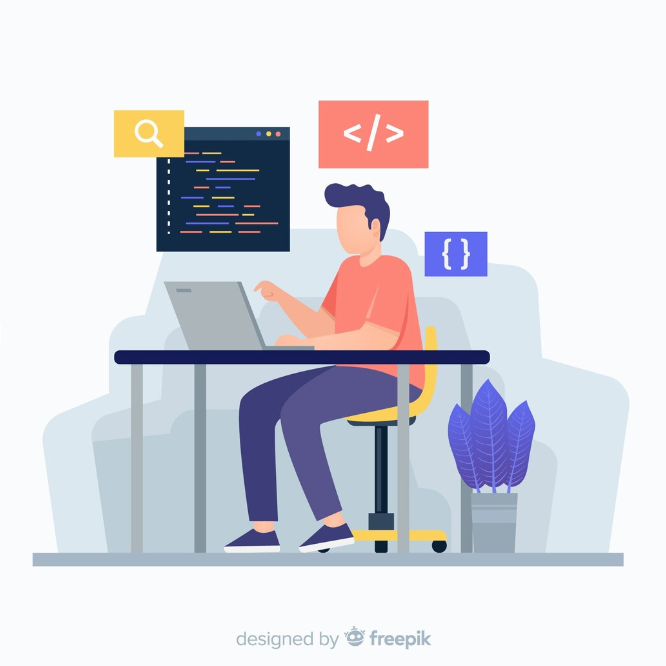Introduction
As a novice, deciding which programming language to learn – Python or Java, can be tough. It’s important to choose the one that you have an aptitude for and can pick up fast. An important criteria is also that it should have long-term prospects.
Both languages are very popular. And both are general-purpose languages used for multiple purposes, including web development, data analysis, and artificial intelligence.
This article will introduce you to the languages and then delve into the factors you should take into consideration before deciding.
What is Java ?
Java is one of the most popular programming languages in the world. It can be used for creating both web-based and mobile applications, as well as for big data processing.
The Android operating system used in phones is Java based. Many big companies like Microsoft, Uber and Airbnb use Java to develop enterprise Android applications.
Very importantly, Java has “write once, run anywhere” capability. It’s very portable and can run on any machine, by installing JVM ( Java Virtual Machine ).
What is Python ?
Python is a high-level language that is closer to the programmer than the machine. Because of its simplicity, readability and versatility it has become very popular.
A general-purpose language Python is used in web development, data science, machine learning, and scientific computing. Large and small companies both use it.
The key advantage of Python is that its syntax is very readable and english-like, particularly focussing on the indentation of the code.
Key Differences between Python and Java
Popularity: Both Java and Python are very popular. According to the recent TIOBE ( The Importance Of Being Earnest ) popularity report, Python is the most popular programming language with a 14.51% market share, while Java ranks third with a 13.73% market share. It seems that Python is pulling ahead of Java as of 2020 – but, will Python replace Java ? Probably not, because of their different strengths and use cases.
Syntax: With Python, you can work with four major programming models – imperative, functional, procedural and object oriented. These, and with dynamic typing you can create more flexible and faster implementations. On the other hand, Java is class-based and a statically-typed object oriented language. This increases development time but provides a well-structured and maintainable codebase that can be scaled.
Speed: Python is an interpreted language – its interpreter reads and executes code line-by-line at runtime. This leads to faster development times but slower app speed. On the other hand, Java applications are compiled beforehand – though the application launch time is larger, the operational speed is greater
Performance: Multithreading in programming languages boosts speed. Python is limited to running a single thread at a time but offers multiprocessing which is effective for analyzing large amounts of data. This is valuable for heavy computing used in AI and ML apps. On the other hand, Java performs better when handling multiple user requests simultaneously (e.g., authorization).
Stability: Due to regular updation, both programming languages are stable in their core. Python may require extra testing due to its dynamic nature. Java is based on strict programming concepts – error checking is only required at compilation. After that applications are mostly stable
Security: Python’s dynamic nature poses security risks, requiring additional configuration to prevent injection attacks. Java is foundationally secure and has in-built advanced security features even such as access control.
Final Word
For beginners there is a general consensus that Python is more suitable with its fairly simple syntax. It is also more user-friendly and intuitive.
Java, in turn, is more complex and challenging. There is a steep learning curve associated with it. Not only it takes a long time to fully understand – each API is also different.
Finally in conclusion, Python is easier to learn, but Java is also not out of reach – it just takes longer. In the ideal scenario, an outstanding developer would greatly benefit from attempting to learn both languages.
